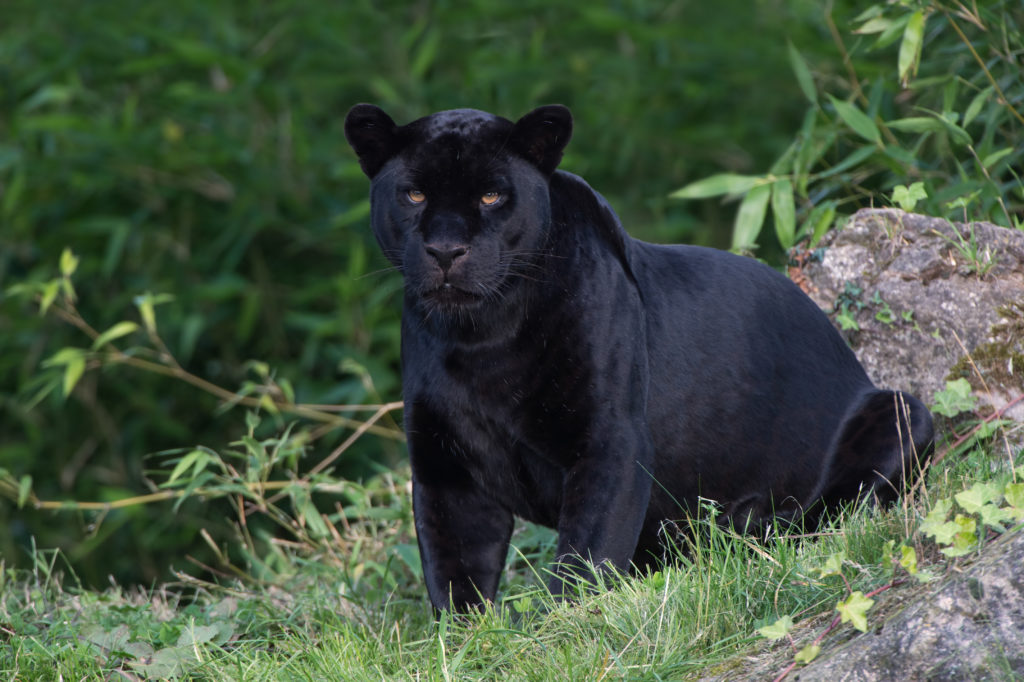Meet the Americas’ black (big) cat: six facts about black jaguars
Throughout history, black cats have been depicted as bad luck omens. But not black jaguars. For many Latin-American cultures, jaguars represent power and are seen as protectors of the rainforest. Learn more about this black cat, whose name means “he who kills with one leap.”

The America’s singular black cat
Black jaguars are sometimes misidentified as black panthers, which are not actually a species but a term popularly used for melanistic leopards and jaguars which have dark pigmentation. Both black big cats are part of the genus Panthera but leopards are found in Africa and Asia while jaguars are found in the Americas.
This black cat isn’t all black
A rare variant within the jaguar species, it’s estimated only 11 per cent of jaguars have this dark colouration. But while the black jaguar may appear to be all black, it has spots like other jaguars called “rosettes.” If you look closely at our black jaguar adoption, it boasts these unique rosettes, too.

They’re big big cats
Jaguars are the third largest cat in the world — after the tiger and lion — and the biggest in the Americas. They can grow up to 170cm long, not including their impressive tails, but their size can vary a lot between regions depending on the size of the local prey.
Solitary and skilled hunters
Black jaguars live alone, marking their large territories with their scat and by leaving distinctive claw markings on trees. They can kill just about any type of prey they encounter but prefer large animals such as capybaras, alligators, deer and armadillos.

A cat that likes water
Unlike many other cats, jaguars do not avoid water; in fact, they’re quite good swimmers.
Jaguar populations are declining
Jaguar populations are listed as Near Threatened by the IUCN Red List of Threatened Species. Deforestation and poaching are just a couple of the threats contributing to their decline. The jaguar’s range once spanned from the southern United States down to the tip of South America. But having been virtually eliminated from half of their historic range.
Symbolically adopt a black jaguar

WWF-Canada’s symbolic adoptions program offers animal lovers the chance to bring home their favourite species or give a meaningful gift that supports conservation efforts. Each adoption kit comes with a personalized adoption certificate and an educational poster so recipients can learn more about the species and how their symbolic adoption is making a difference.
